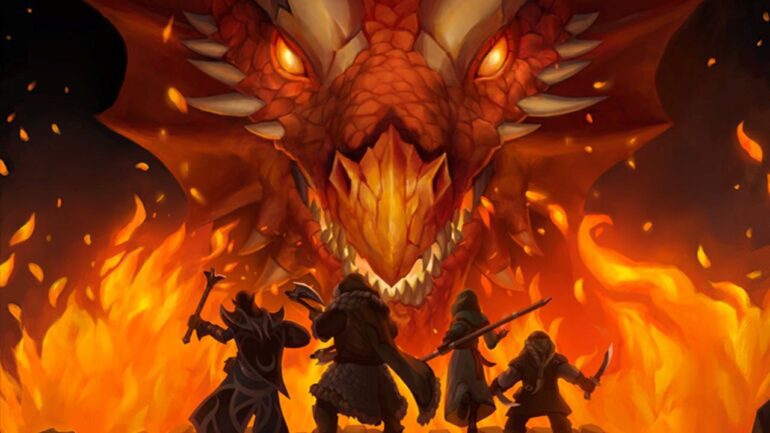TL;DR:
- Wizards of the Coast to update artist guidelines after AI-generated art discovery in upcoming Dungeons & Dragons sourcebook, “Glory of the Giants.”
- California-based artist Ilya Shkipin used AI tools to “polish” original illustrations for the book, leading to public scrutiny.
- Wizards swiftly responds, acknowledging the use of AI art and promising to revise their process and guidelines.
- “Glory of the Giants” offers new monsters, treasures, and adventures centered around the society and ecology of D&D’s giants.
- The ongoing debate on the boundaries of creativity and ethics surrounding AI-generated art.
- Wizards faced previous controversies in the year related to licensing agreements.
- Larian Studios’ “Baldur’s Gate 3” achieves significant success during its full launch.
Main AI News:
In a bid to maintain the integrity of their artistic endeavors, Wizards of the Coast has announced that they will be updating their artist guidelines to explicitly prohibit the use of illustrations generated by AI tools. This decision comes after keen-eyed fans spotted unmistakable signs of AI art in the forthcoming sourcebook for Dungeons & Dragons entitled “Bigby Presents: Glory of the Giants.”
The artist at the center of the controversy is Ilya Shkipin, a renowned California-based painter, illustrator, and operator of an NFT marketplace. Shkipin has been collaborating with Wizards of the Coast since 2014 on various projects. However, it was recently discovered that he had employed AI tools to “polish” several original illustrations and concept sketches for “Glory of the Giants.” Once this revelation surfaced, Shkipin quickly took to Twitter to admit his use of AI and subsequently removed the related tweets, vowing to rework the illustrations in question.
Wizards of the Coast responded swiftly to the situation, releasing a statement via the official D&D Beyond Twitter account, acknowledging the AI-generated artwork and promising to revise their process and artist guidelines. The company firmly asserted that artists must refrain from incorporating AI art generation in any aspect of their creative process when working on D&D art.
The incident brings to light the complex interplay between art and artificial intelligence, raising profound questions about the boundaries of creativity, originality, and ethical considerations within the artistic community.
As for the eagerly awaited “Glory of the Giants” guide, announced back in May, it promises to usher in new monsters, treasures, and adventures to the immersive world of D&D. The book delves into the enigmatic society and ecology of the game’s giants, an iconic element of D&D lore that has not received as much attention as their draconic counterparts.
While the physical release of the book is slated for August 15, the digital e-book is already available on Wizards’ D&D Beyond storefront. However, shortly after its release, fans took to social media to question whether the artwork in “Glory of the Giants” had been AI-generated. Issues such as illustrations featuring malformed hands and feet were cited as evidence for their concerns.
This incident marks another point of contention for Wizards of the Coast in a year filled with challenges, following a brief episode involving revisions to its third-party licensing agreements earlier in January.
Meanwhile, the latest D&D video game, Larian Studios’ “Baldur’s Gate 3,” has recently embarked on its full launch, and it has already proven to be a resounding success. The game has garnered a substantial player population on Steam, with a peak of over 709,000 concurrent players on a Saturday afternoon, solidifying its position as an immediate hit.
Conclusion:
The recent AI art controversy faced by Wizards of the Coast highlights the need for clear guidelines and transparency in the use of AI tools in the artistic industry. As the market continues to explore the possibilities of artificial intelligence in creative processes, companies must strike a balance between innovation and preserving artistic authenticity. This incident serves as a reminder that ethical considerations and open communication with artists and fans are essential to maintain the integrity of creative works in the evolving landscape of AI art.

